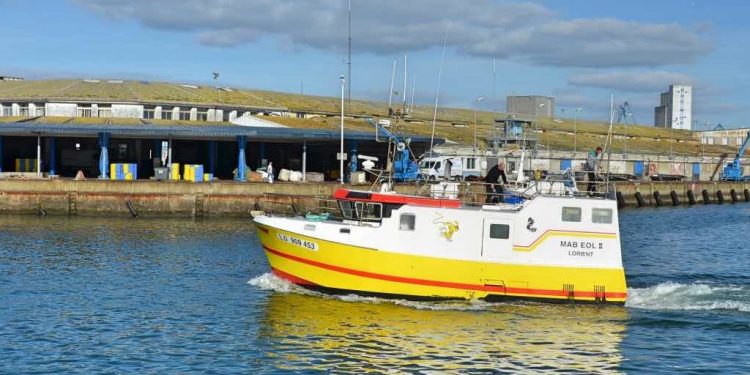A partnership between fishermen and scientists has been in progress, seeking to gain a better understanding of stocks in the Bay of Biscay for which there is a shortage of data.
Under the €2.30 million Acost project, funded by France Filière Pêche and the regions of Brittany, Pays de la Loire and Nouvelle Aquitaine, skippers and crews of Lorient gillnetters L’Atout II, Izel Vor II, Belladonna, Mab Eol II and La Gavraise have been gathering otoliths as part of an initiative to determine the abundance of four species historically present in the Bay of Biscay but for which data is lacking, meagre, red mullet, whiting, and pollack.
The scientific programme entered its operational phase last year and is due to end in 2025.
It is led by Ifremer with a number of partners, including Atlantic coast fishermen’s association Aglia and the French Office for Biodiversity (OFB) as well as the Bay of Biscay fisheries committees and producer organisations, with various innovative protocols, sampling, marking but also genetic sequencing.
‘While continuing to collect otoliths, in the coming weeks we are going to complete this data by means of an app for use by fishermen so that they can provide information on pollack yields according to the size and quantity of their nets,’ explained Aglia project manager Quiterie Sourget.
For the regions’ fisheries, the issues being addressed by the Acost project are vital, especially for whiting and pollack, as species with a DLS (data limited stock) status can expect an automatic 20% reduction in TAC every three years, according to ICES guidelines – so fishermen have a strong incentive to be involved.









